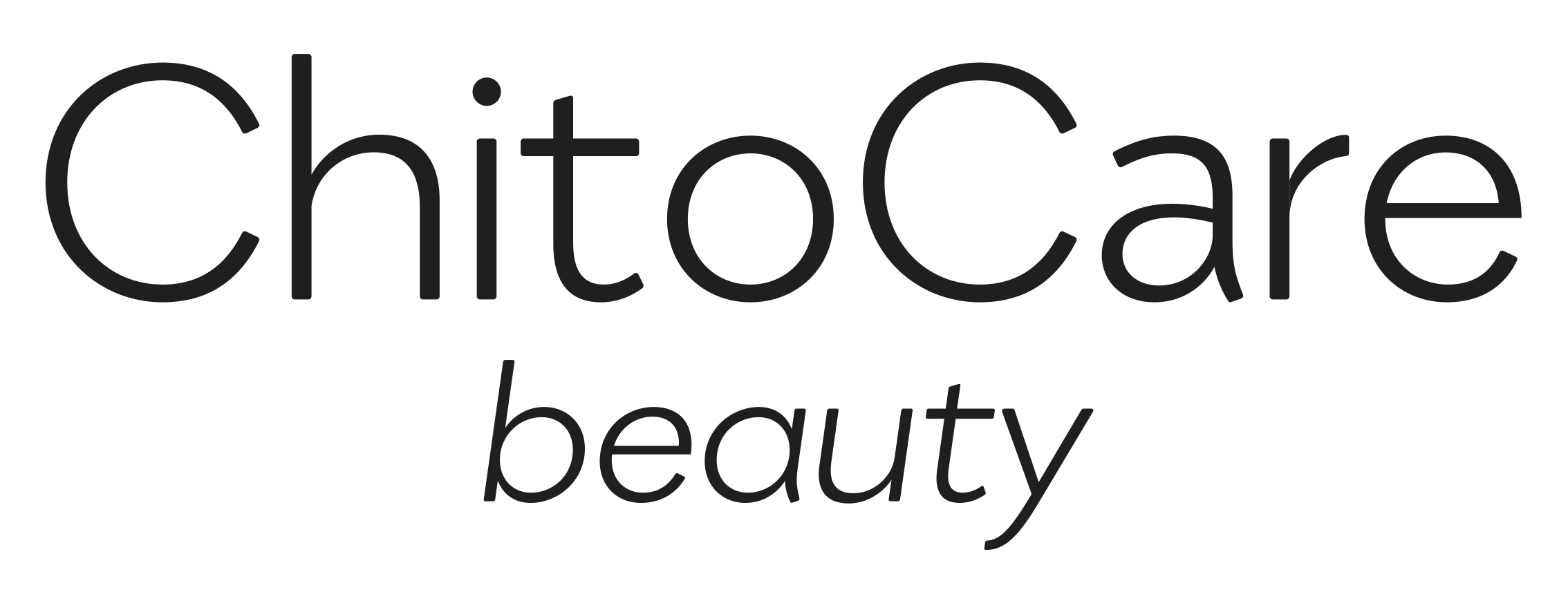
Revive and Heal Your Skin with Lactic Acid
Cleopatra was famous for bathing in milk to keep her skin soft and youthful. While this may sound like a popular myth, there is good reason to incorporate lactic acid into your skincare routine. We break down some of the benefits it has on skin health.
Lactic acid belongs to the alpha hydroxy acids (AHA) group and is naturally found in dairy products, like yogurt, kefir and sour milk. Most people associate it with intense exercising and it is an integral part of the human body. It is mainly produced in muscle cells and red blood cells, and assists with a number of bodily functions, like glucose production, molecule signalling and cell respiration.
Lactic acid skin benefits
As an ingredient often found in probiotic foods, lactic acid has numerous positive effects on gut health, which we know is linked to skin health via the gut-brain axis. However, it also has direct benefits for the skin when applied topically or incorporated into skincare products. All ChitoCare beauty products contain this powerful ingredient, to keep your skin healthy and youthful. From promoting collagen production to assisting with wound healing, and boasting antibacterial and moisturizing properties, here’s how lactic acid can help your skin.
Increases cell turnover
By breaking down the bonds that hold cells together, lactic acid helps to remove accumulated dead cells from the epidermis, the top layer of the skin, making way for new, healthy skin cells. This process is called exfoliation and is an important part of the cell renewal cycle. By speeding up cell turnover and stimulating healthy cell production, lactic acid boosts the skin’s natural wound healing process. As the skin is better able to heal, it can more easily recover from skin conditions like sunburn, acne scars, micro-abrasions and damage caused by free radicals. Containing soothing bamboo stem extract, lactic acid and walnut shell micro-granules, ChitoCare beauty Body Scrub helps to gently exfoliate the skin while promoting the skin’s natural repair process and leaving it silky smooth and soft.
Keep in mind that, because it essentially helps remove dead cells from the skin’s top layer, lactic acid also exposes your skin to the elements, including the sun. UV radiation is the number one cause of premature skin aging, including a long list of harmful side-effects, from oxidative stress, dark spots and dryness to certain types of cancer. This is why it is absolutely essential to always wear sunscreen with a SPF of 30 or higher every day, especially after using products containing lactic acid.
Boosts collagen production
Our skin is made up of layers, each one with a different function and made up of different elements. Among those elements are collagen and elastin – fibers that keep your skin supple, elastic, hydrated and moisturized. As we age and collagen and elastin production slows down, skin loses its ability to bounce back, retain moisture, and heal itself at the rate it used to. Lactic acid stimulates the renewal of collagen and boosts the production of new cells, helping the wound healing process, preventing the signs of premature aging, and providing the skin with firmness and thickness.
ChitoCare beauty Face Cream, containing lactic acid, moisturizing coconut, macadamia and soybean oils, restorative Pseudoalteromonas Ferment Extract, and soothing aloe vera leaf juice powder, among other nourishing ingredients, helps keep your skin hydrated and moisturized, while improving firmness and elasticity for a more youthful look and feel.
Increases skin moisture
Moisturized skin is healthy skin, and the loss of moisture can lead to several unpleasant side-effects, such as dryness, itching, soreness, inflammation, and rough or cracked skin. When it comes to healing, sufficient moisture (oil) is paramount to the cell renewal process. By helping the skin retain moisture, lactic acid keeps the skin’s lipid barrier healthy, promoting healing, minimizing scarring and helping it achieve elasticity and smoothness.
As products with high lactic acid potency can sometimes be too harsh for sensitive skin, it is best to consult your doctor before using lactic acid topically. ChitoCare beauty Body Lotion is suitable for all skin types and contains lactic acid, moisturizing coconut and sunflower seed oil, and anti-inflammatory sweet almond oil and aloe vera leaf juice powder, all of which help to treat the skin, provide antioxidant protection and offer a soft and smooth texture.
Improves skin complexion
When used in skincare products, lactic acid helps uncover a brighter complexion with a more even skin tone and texture. It can also be used to reduce the signs of acne, as dead cells can often clog pores, leading to spots and pimples.
When it comes to mature skin, lactic acid can support cell turnover, a process that usually slows down with age. As lactic acid boosts plumpness by encouraging collagen production, it can therefore help reduce the visibility of wounds, scars, burns, fine lines, wrinkles and other textural imperfections of the skin. ChitoCare beauty Anti-Aging Repair Serum contains lactic acid alongside soothing prickly pear stem extract, hydrating hyaluronic acid, collagen-boosting geothermal silica and healing chitosan.
Antibacterial action
Lactic acid is part of the chemistry of living cells in humans, animals, plants and bacteria. This gives it excellent biocompatibility, making it safe for use on the skin. Studies have shown that lactic acid has antimicrobial properties, helping protect the skin from bacteria, viruses, and other extrinsic aggressors that can lead to oxidative stress. By keeping these out, the skin can heal faster without the threat of infection.
Combined with its cell turnover action, lactic acid can significantly improve the skin’s natural barrier function and healing ability. ChitoCare medical Wound Healing Gel and Healing Spray, contain lactic acid and marine chitosan, that help heal wounds, tackle chronic scars, reduce redness and itching, and promote natural skin healing. As chitosan has film-forming abilities, it covers the skin in a biocompatible, breathable film, protecting from infection and offering a soothing cooling effect.


